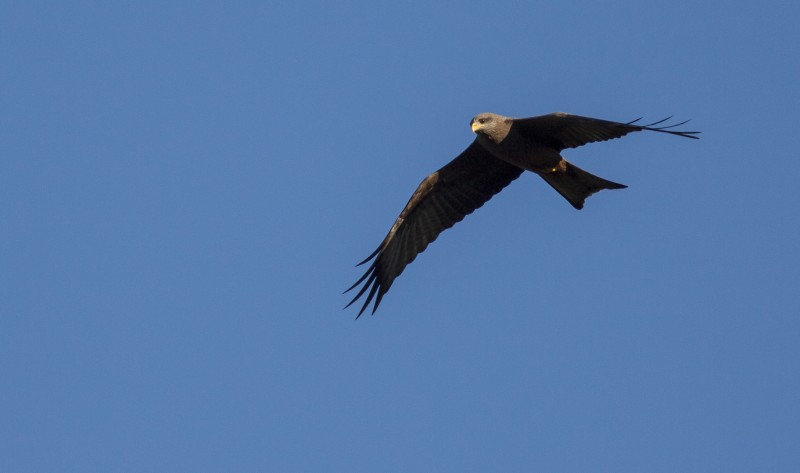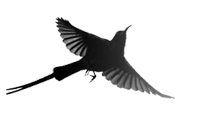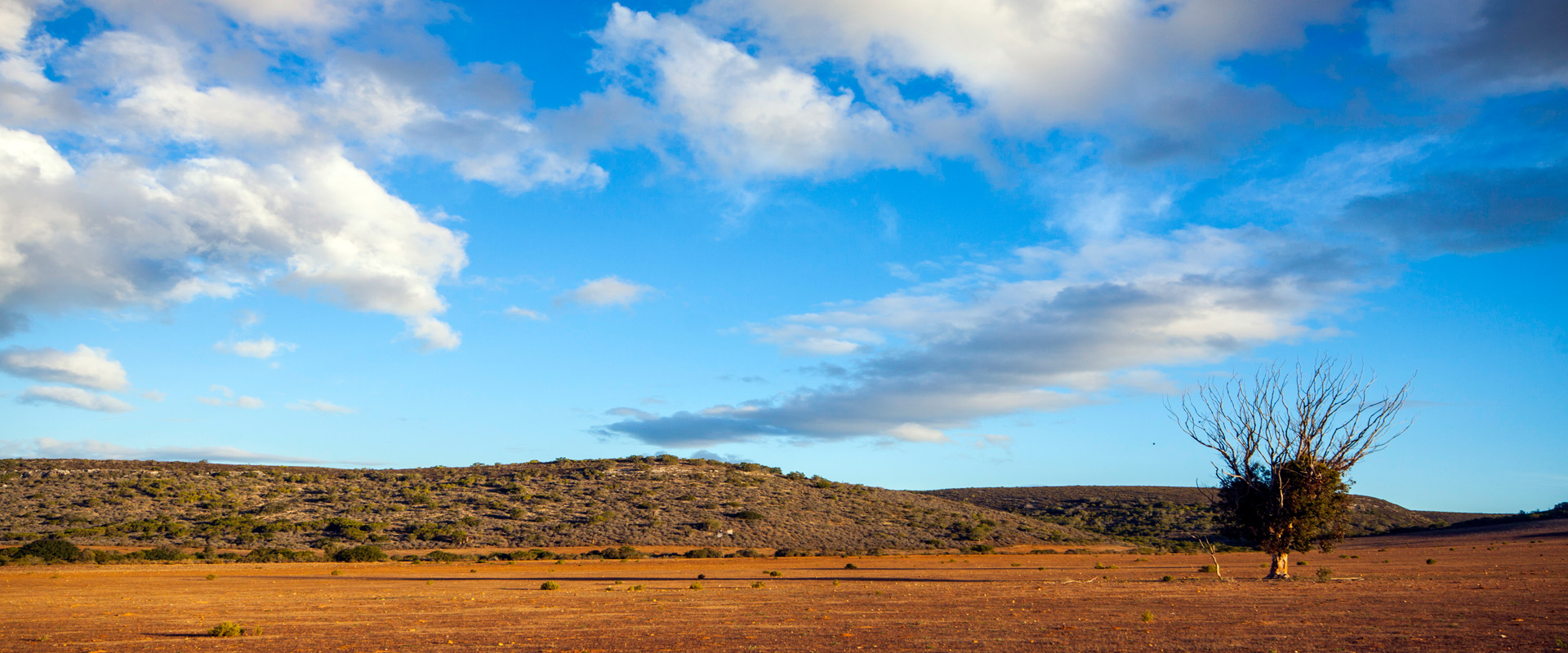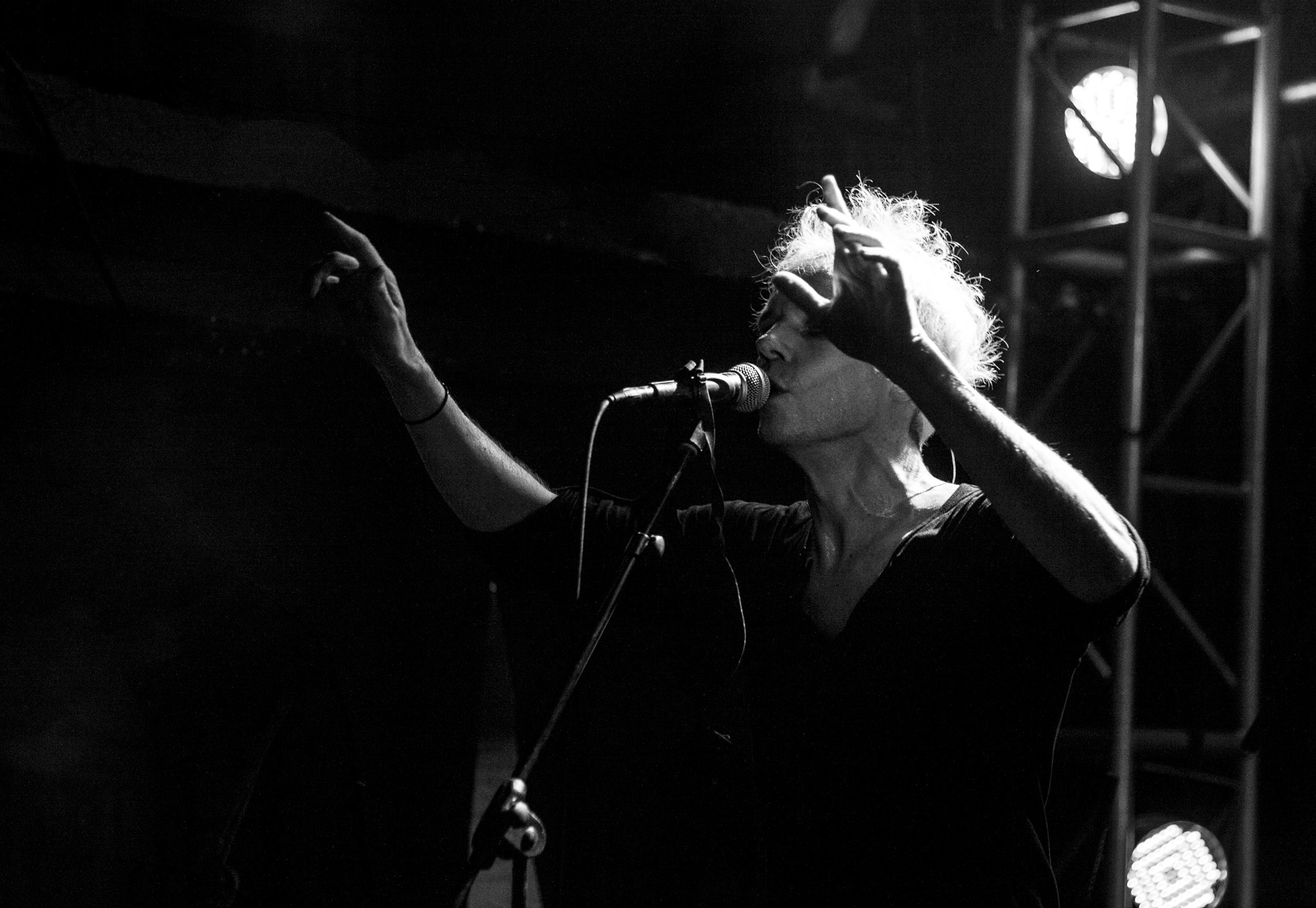A Spring Day at the West Coast National Park
On Sunday the 10th November 2013, my girlfriend, her father and myself went for a day’s outing to the West Coast National Park. Originally we had planned to head through on the 9th, but the weather was forecast to be clearer on the Sunday, so we opted for the Sunday instead. Mike Golby, Cathryn’s father also has a keen interest in photography and must of our conversations usually revolve around the topic – when I’m able to hold a conversation that is.
The day began at 4am with the sound of a mobile alarm. An ungodly hour to be awake, but definitely worth it if it means arriving at the park early. We had planned for a 6am arrival, though at some point in the morning came to the realization that the park is only open from 7am. None-the-less, we left Cape Town at around 5:20 as the sun began to light the roads and dull the street lights.
We drove and we drove, the West Coast being about 120 kilometers north of where we were located. For the most part the bird life along the side of the road was quiet, but as we started approaching the park the perched raptors became visible. We managed to get visuals on 3 Jackal Buzzards and a Steppe Buzzard before reaching the gate. The whole journey I had one thing on my mind, seeing a Bee-Eater, a common summer visitor, but a species that I had yet to see. They can often be seeing on fence wires in the Cape Farmland areas, but I hadn’t seen any shots taken within the WCNP. As we approached the entrance of the park I had given up hope, then suddenly a flash of bright yellow and green on a fence post – I did a double take and managed to ensure that I had the ID correct. A beautiful European Bee-Eater mere meters from the entrance of the West Coast National Park. We had not even entered the park yet and I already had my first lifer for the day, a good omen?
We arrived at the gate a bit early and it had yet to open, so we walked around outside the front entrance. We had our first raptor fly-over with a Yellow-Billed Kite passing directly over us. A Bokmakierie could be heard close by and a Cape Bunting was displaying well on the plants alongside the entrance.


Once the clock hit 7, we were the first into the park and the sun was still fairly low in the sky. We began our drive through towards Seeberg, as the tides were catered to an early visit to Seeberg Hide and then Geelbek later in the afternoon. It wasn’t long before we caught some more raptor sightings in the form of 2 Marsh Harriers which appeared to be mating. Then came the Black Shouldered Kites; we counted at least 4 on a single tree at one point. Yellow Billed Kites were abundant and between the Geelbek and Seeberg hides we encountered at least 3. The beautiful Black Harrier also passed us by a few times, with another Black Harrier with quite a bit of white on it also passing low over the brush alongside us. It’s always such a challenge to get a photograph of these birds, unlike most other raptors which tend to hover slowly at altitude, these Black Harriers zip just feet above the foliage.
Upon entering the gravel road leading to Seeberg, we came across the second lifer for the day. A bird that should come as a mandatory tick with every visit to the West Coast National Park, yet only on my fourth visit did I finally see one, though not just one. It was a couple of Grey-Winged Francolin parents and their chicks, running through the dirt.







The sky was now alive with birds, 2 more Yellow Billed Kites flew above our parked car while a Rock Kestrel hovered over in the distance. We began the walk to the Seeberg hide, but not before showing some love to the small waders which included several Curlew Sandpipers and White Fronted Plovers. Once at the front door of the hide we had a few White Throated Swallows posing for us above the hide door. Once inside, we opened the shutters and within seconds several of the White Throated Swallows began entering and exiting the hide, due to nest location. After having to dodge a few feathered bullets, we began to scan the shoreline. Unfortunately we were there when the tide was just a bit too high, as the waders were on the left and the right of the hide in the far distance, with nothing in the shore line in front of us – apart from two Lesser Flamingos. Sandwich Terns, Common Terns and Comorants littered most of the beach, with a few signs of wader activity.
I scanned hard, and eventually saw something that looked different. The unnaturally large looking bill of a Eurasian Curlew off in the distance. Tick – another lifer for the day. By no means a rarity, but a very interesting bird to look at. A bill so long it could be used as a flag pole.
After not seeing anything else for a while, we decided to head off and finish the rest of our West Coast National Park adventure, but not before we spent a few minutes outside the hide again. I was trying my best to get some in flight shots of the Swifts and Swallows flying around, though they were tricky as ever. On the way back to the car, we came across a very short appearance from a large Baboon Spider just off the path, as well as a skink, sans a tail. And by the car we came across a tortoise, who unfortunately had 3 large ticks attached to its neck. Which got me wondering, why that isn’t seen more often and if the ticks simply drop off once they have enough blood from the poor creature – anyone who may know more about this, please let me know, I’m fascinated. As we were stepping into the car I noticed a flock of Mousebirds land on a near-by bush, both Cathryn and I still needed to tick the White Backed Mousebird, so we got closer and checked the diagnostic features – finally a White Backed Mousebird.











I should note that the weather was amazing, at this point temperatures felt as if they were near the mid-20s already and sunburn felt imminent.
We were then off to the Seeberg View Point, a great place to visit, providing a panoramic top-down view of the lagoon and the surroundings. We walked around and I attempted to try and find some reptiles, this is a great spot for the Girdled Lizards and we saw many scurrying across the rock surface to slide under fragments of stone. I was hoping to see some snakes too, but as is most often the case with me, no luck on that side of things. We watched as numerous Rock Martins flew up the side of the rock face and then quickly turned into the wind with missile-like acceleration. A single Rock Kestrel was also present, hovering around the area.


It was then off to the opposite end of the park, towards Church Haven and Kraalbaai for some landscape photography. Many people don’t realize just how big the West Coast National Park is, but driving from Seeberg to past Kraalbaai makes you realize that it’s no small area of land. About 30 minutes later, and a few raptors and a few Ostriches later, we arrived at Kraalbaai. What a scene! It was like something from Papua New Guinea, or another one of the Australasian tropical islands. Turquoise water, whispy cirrus clouds contrasting against a blue sky and small boats (and large two story house boats) floating around a rather beautiful piece of coastline. I’d been to Kraalbaai before, but not in the same conditions and it sure makes a difference to the atmosphere.
We then moved further west still, until we came to a series of beaches and rocks that faced towards Vondeling Island, a small island which boasts some amazing breeding statistics. Vondeling Island caters to 1% of the world’s African Penguin population and 4% of the African Black Oyster Catcher’s breeding population. An impressive feat for an island that is only 21ha in size.





The seas were rough and I was making the most of it by finding locations that best accented the waves crashing over the rocks. I managed to find a small tidal pool and positioned myself in a way that I could catch the waves crash against the side while still capturing a somewhat serene pool of water in the foreground.
Bird life was fairly minimal out this end, but there were several Oyster Catchers – as well as Ruddy Turnstones. It was after about an hour and a half that we decided to head back towards the center of the park, and would be stopping off at Abraham’s Kraal on the way back to Geelbek. The wind was beginning to pick up a bit at this stage and the sky was becoming a bit overcast – though still muggy and warm. Abraham’s Kraal was fairly disappointing and nothing special was seen. I am still needing to see a Rail, but once again it eludes me.


It was then our final stop for the day, we would be heading through to Geelbek, which was now about 2 hours short of low tide. In the hide we came across a couple of familiar faces, though not too familiar to me at first, considering I am awful at recognizing people. Give me names any day! We watched out over the lagoon while I was taunted with images of the Red Necked Phalaropes I had dipped on the day prior at Strandfontein Sewage Works.


Geelbek was a little disappointing too, apart from one or two more Eurasian Curlews things were pretty quiet. The usual Common Greenshank were around but nothing to cause any excitement. And the lighting, with the sun now behind a thick cirrus veil of cloud made any bird identification pretty difficult. I opted instead to change lenses to the Sigma 10-20mm and do some more landscape photography around the wetlands there.
We were soon back in the car and headed for the gate, but not before a beautiful, large Mole Snake gave us a quick view in the road, before slithering off at high speed when we stopped to get photos.
With three lifers added to the list, and a generally lovely day out in nature – the day was extremely successful. I will have to make sure I pay the park another visit during my vacation next month though, this time with more waders involved!















What a wonderfull selection of Birds. Also liked the story around it. Regards Lionel
A great write-up of a really great day, Bryn. And your writing it up stresses a point that was made to me by going through the park with you guys.
Knowing the names of different species, be they bird, reptile or insect, not only adds to an appreciation of nature’s variety; it reminds you of that which you know to be there but are not seeing.
So, yeah, more than being unchained to fly free for a moment in the Champagne air of the Great Wide Open, our trip proved a real ‘eye opener’ for me; and a series of muddied captures of ‘identifiably different’ birds, leaves me even more keen to get back out to the WCNP.
And, yep, getting onto that bloody rock with my ND8 – that’s the shot I wanted :). That be the West Coast I know…
Again a great report and some superb pictures. Your Swift looks like a little torpedo. What about Whimbrel?